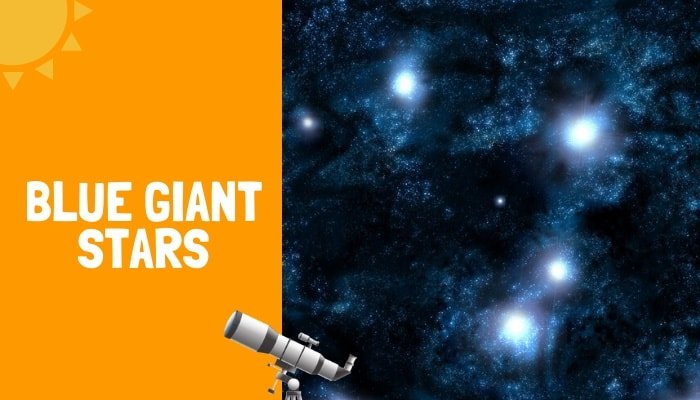The Milky Way galaxy is home to over 200 billion stars, but it gets much more interesting than that. You could say this massive spiral of stars and dust has four major arms in its disk with a spur at least one new arm discovered or even 26 thousand light-years away from Earth! It’s also got the galactic center which contains a supermassive black hole called Sagittarius A* plus there’s another huge feature-the bar crossing through our own galaxy.
The Milky Way began forming 12 billion years ago and is a part of the Local Group. The Andromeda Galaxy resides in this group as do many other galaxies, including two that are called Magellanic Clouds. This entire collection makes up the Virgo Supercluster of Galaxies which sits at an even larger gathering comprised entirely of more than 2 trillion galaxies!
Facts About The Milky Way
- Up until 1920, most astronomers believed that all of the stars in the universe were contained inside our home galaxy, The Milky Way.
- The Milky Way is more than 120,000 light-years across and contains around 100 thousand million stars.
- The Milky Way’s visible matter is made up of about 10-15% dust and gas.
- The galaxy is essentially split into two, dark matter and luminous matter. The former makes up 90% of the content in our galaxy while the latter takes up 10%.
- The Milky Way’s consumption of other galaxies has helped it achieve its current shape and size.
- The Milky Way is a colossal entity that we cannot take pictures of its disk.
- The Sagittarius A* is the Milky Way’s very own supermassive black hole.
- The Universe is approximately 14 billion years old and the Milky Way Galaxy can be estimated to have a similar age.
- The Virgo Supercluster is said to contain at least 100 galaxy groups and clusters, which are about 110 million light-years in diameter.
- The universe is in constant motion, with everything from the Earth to the Milky Way moving around.
- The old star Methuselah is the oldest one in our Galaxy and has been shining for billions of years.
- In about 5 billion years, our galaxy will collide with Andromeda Galaxy and form a new supergalactic system.
How the Milky Way Formed
Scientists and astronomers still argue over how the Milky Way formed. The Big Bang theory suggests that after the explosion, there was nothing but radiation and subatomic particles in space.
The two main views are as followed:
- In the early days of space, small particles slowly teamed up and gradually formed stars, star clusters, and eventually galaxies.
- The universe was first created as immense clumps of matter, which later subdivided into galaxies.
The Milky Way is one of the more interesting galaxies in our universe. That’s because it can grow by merging with other galaxies! Almost half of all matter within our galaxy comes from outside sources, and research suggests that this may be true for most spiral-shaped (like ours) galaxies across space.
The halo of our galaxy grows by merging with other galaxies and accretion from the galactic halo. The first stars of the Milky Way were born and our galaxy was spinning relatively quickly.
The gaseous interstellar medium collapsed from a roughly spherical shape to that of the spiral disk. Newer stars were formed in this spiraling disk, including our Sun currently observed to be in the middle of it.
Milky Way Location
The Milky Way galaxy and the Andromeda galaxy are two galaxies in a group of 50 closely bound galaxies.
The Local Group is surrounded by a local void, and it’s also part of the Virgo Supercluster. The supercluster has lots of other giant voids around its edges such as Microscopium Void, Sculptor Void, Bootes’ Void, and Canes-Major.
The voids are constantly changing shape, which creates intricate webs of galaxies. The Virgo Supercluster for example is being pulled towards the Great Attractor- a part of Laniakea – that in turn forms part of an even grander structure than ever imagined before.



